-
Courses

Courses
Choosing a course is one of the most important decisions you'll ever make! View our courses and see what our students and lecturers have to say about the courses you are interested in at the links below.
-
University Life
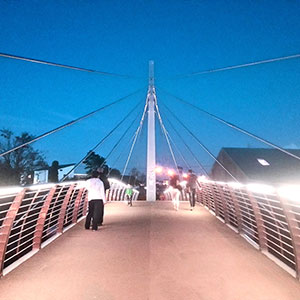
University Life
Each year more than 4,000 choose University of Galway as their University of choice. Find out what life at University of Galway is all about here.
-
About University of Galway
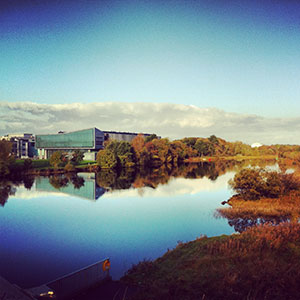
About University of Galway
Since 1845, University of Galway has been sharing the highest quality teaching and research with Ireland and the world. Find out what makes our University so special – from our distinguished history to the latest news and campus developments.
-
Colleges & Schools
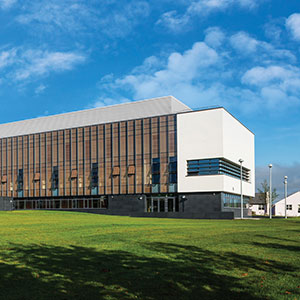
Colleges & Schools
University of Galway has earned international recognition as a research-led university with a commitment to top quality teaching across a range of key areas of expertise.
-
Research & Innovation
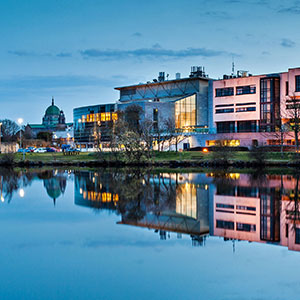
Research & Innovation
University of Galway’s vibrant research community take on some of the most pressing challenges of our times.
-
Business & Industry
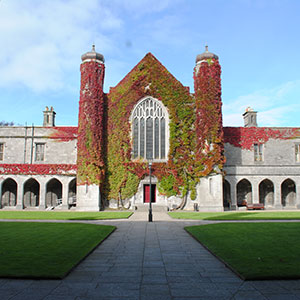
Guiding Breakthrough Research at University of Galway
We explore and facilitate commercial opportunities for the research community at University of Galway, as well as facilitating industry partnership.
-
Alumni & Friends

Alumni & Friends
There are 128,000 University of Galway alumni worldwide. Stay connected to your alumni community! Join our social networks and update your details online.
-
Community Engagement
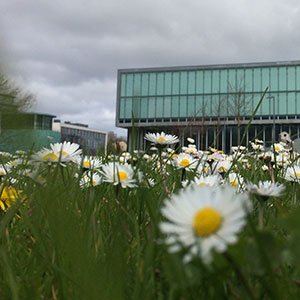
Community Engagement
At University of Galway, we believe that the best learning takes place when you apply what you learn in a real world context. That's why many of our courses include work placements or community projects.
October Instagram photos help scientists track invasive plant flowering patterns
Instagram photos help scientists track invasive plant flowering patterns
Invasive succulent that smothers native plants shows extended flowering in new territories, where it can dominate coastlines
That vibrant carpet of pink and yellow flowers blanketing Mediterranean cliffs might look beautiful in holiday photos on a social media feed. But scientists have discovered these same Instagram snapshots are revealing how one of the world's most destructive coastal plants is taking over new environments by extending its flowering season and threatening native biodiversity.
An international team of researchers analysed more than 1,700 photographs from social media and citizen science platforms to track Carpobrotus species - commonly known as ice plants or sour fig – across South Africa, Argentina, New Zealand, Portugal, Spain and the US.
These fleshy evergeen succulent plants are native to South Africa but now smother coastal ecosystems from California to the Mediterranean and transform ecosystems.
A single Carpobrotus plant can cover up to 50m², suffocating everything beneath it. They change soil chemistry and monopolise pollinators with their showy flowers, disrupting local ecosystems.
The findings have been published in Ecological Solutions and Evidence.
They are the result of a global study conducted by University of Galway, Institute of Botany of the Czech Academy of Sciences, University of Santiago de Compostela in Spain, Experimental Station of Arid Zones in Spain, Charles University in the Czech Republic, Macquarie University in Sydney, Stellenbosch University in South Africa, and Penn State University.
Dr Susan Canavan, lead author and Honorary Researcher with the College of Science and Engineering at University of Galway, said: "We realised thousands of people were unknowingly documenting these invasions in the background of their beach selfies and cliff-top sunset photos. This gave us observers across the globe, from California's Big Sur to New Zealand's coastlines to Portugal's tourist beaches.”
For the research team, California's tourist hotspots provided nearly three times more usable photos than other regions, while remote locations in South Africa and the Azores relied entirely on dedicated naturalist platforms like iNaturalist.
The team discovered that the Carpobrotus populations flower longer than native ones, potentially producing more seeds and increasing their spread. In their native South Africa, the plants show a short, concentrated flowering peak but in invaded regions, they bloom across extended periods. This reproductive advantage may help to explain their invasive success.
They also found that local environmental conditions override genetic differences in determining flowering timing. The plants adapt to bloom during the local spring season, such as October in New Zealand and May-June in California and Europe, rather than maintaining the flowering patterns from their native range.
For coastal managers battling these invaders, the findings offer practical guidance - by revealing peak flowering times in the invaded regions, the research will help them to time removal efforts to prevent seed production.
Dr Canavan added: "Tourist destinations were goldmines of data. Every scenic overlook with Carpobrotus had hundreds of Instagram posts. But this also showed us the bias in social media data. Remote invaded areas remain invisible without citizen scientists actively documenting them.
“The study also demonstrates how the digital age is transforming ecological research. What began as vacation photos and nature observations has become a powerful tool for tracking biological invasions.”
Dr Ana Novoa, co-author and project lead from the Institute of Botany of the Czech Academy of Sciences, said: "These plants are notoriously difficult to control because they spread both by seed and by fragments. Even a small piece can regrow into a new colony. Knowing exactly when they flower in each region means we can strike when they're most vulnerable, before they produce the thousands of seeds that ensure next subsequent invasions."
The full study, published in Ecological Solutions and Evidence, is available at https://doi.org/10.1002/2688-8319.70122.
Ends















